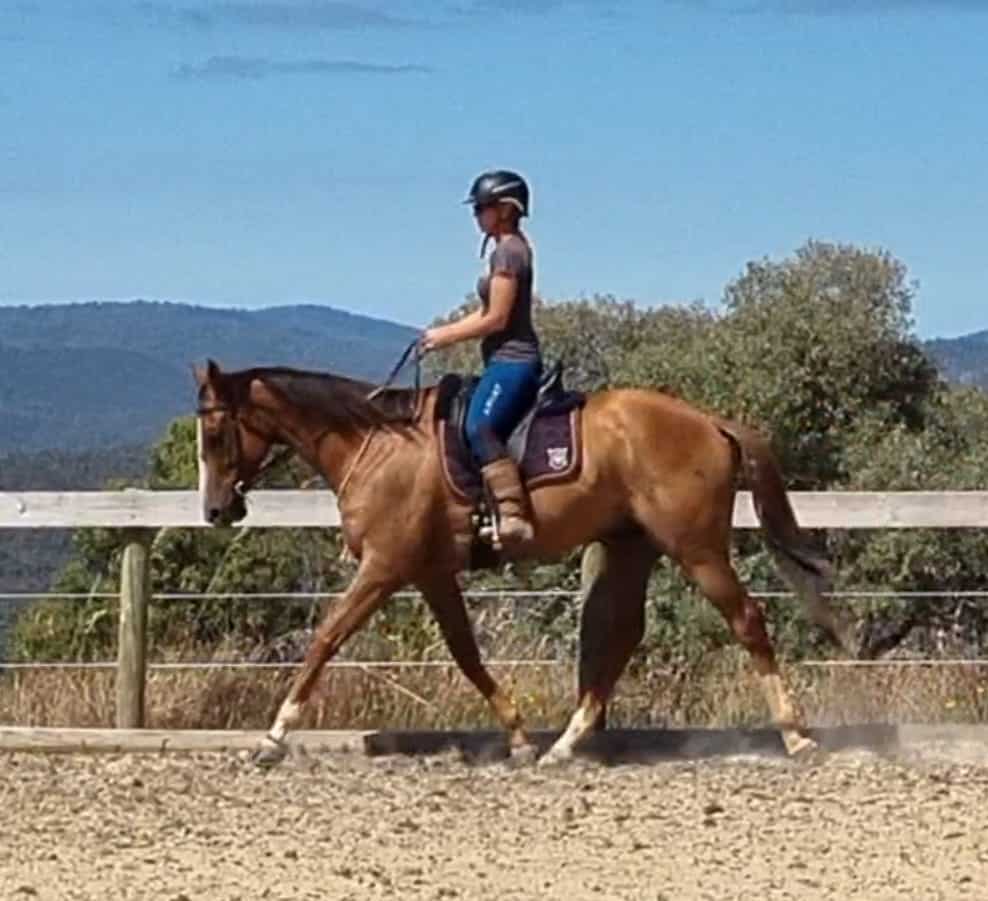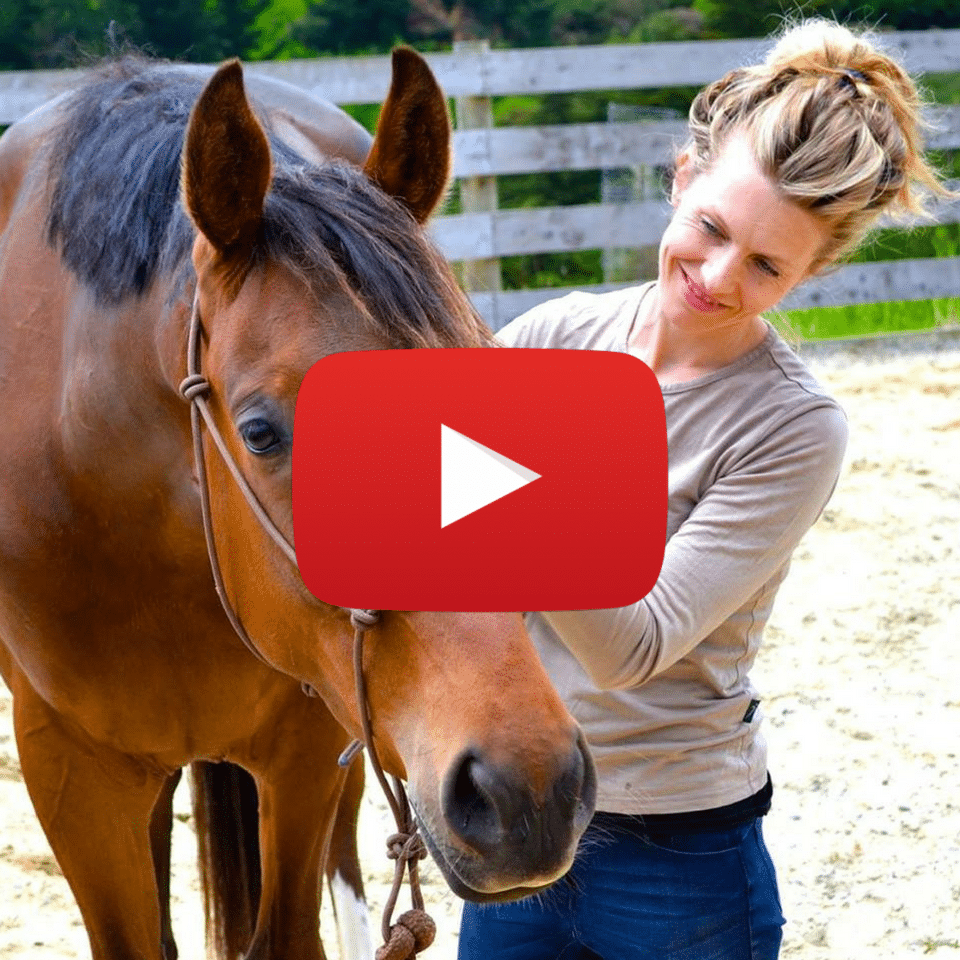Last week, we began a discussion of the tailbone and within that comes the discussion of the anterior and posterior pelvic tilt.
If you haven’t read those articles, you can read them here:
Tucking Your Tail & Other Misadventures That Fire Off Your Fight Flight Nervous System
Further Musing On Tailbone Tucking
Bridget is in my program and has been doing a joint mentoring program I’ve been running with Kate Sandel. She identifies with the “anterior pelvic tilt” and as part of her work the last couple of weeks, we have been working on the following:
– The position of her heart and hyoid, by sensing the hearts relationship to the manubrium and noticing the angle of her jaw in relationship to the ground
– Changing/ sensing her rib angle so that her shoulder girdle can lift up off of the ribs and change the force output through the pelvis, allowing the centreline to begin to move, the pelvis to untuck and the lumbar spine to move back out of the tube of the body
– Working with her movement arcs and balance lines at both walk and trot
If I had had her press down through her sit-bones and tail, she would have created more compression and force through both her body and her horses (and more pain and wearing long term as a result).
More detailed descriptions on the photos. Thank you so much Bridget for letting me share these!
❤️ Jane

Week One with Markers
Here, Bridget is in a more pronounced posterior tilt or tuck of the pelvis. It appears to be anteriorly tilted to the eye, but structurally, the pelvis is actually more tucked.
We know this for a few different reasons:
– The line between the PSIS and ASIS is more flat. In parasympathetic, or “neutral”, this line is actually quite steep, from PSIS at the back to ASIS at the front. The more flat line indicates the tucking of the tail under, despite this being what many would call a forward tilting pelvis.
– The Ribs are behind the head here or the occiput, another indicator of the pelvic tuck. If Bridget were given the instruction to tuck her tail, she may “feel” better (she would have more leverage and be more “fixed”) but she would be compressing her structure even more, and not riding with a seat that was balanced and adaptable.
– As the cervical spine gets pushed forward, the chin is now our of relationship with the breastbone
– If the ribs and torso were allowed to assume the position in line with the pelvis, it would be impossible to be upright. The lumbar spine then needs to move in which changes:
– Intestine orientation at the front of the body
– Glute position
… meaning there’s more tissue in front and behind, giving the impression of the pelvis being tilted forward.
The drawing in of the ASIS also creates more bulk of tissue on the thighs

Week Two With Markers:
– Here, the position of the ASIS to PSIS has changed, and the angle has become steeper, showing the untucking of the pelvis
– The ribs are now relating to the head and occiput and aren’t so far out behind the body
– Chin/ head/ manubrium relationship are more established



